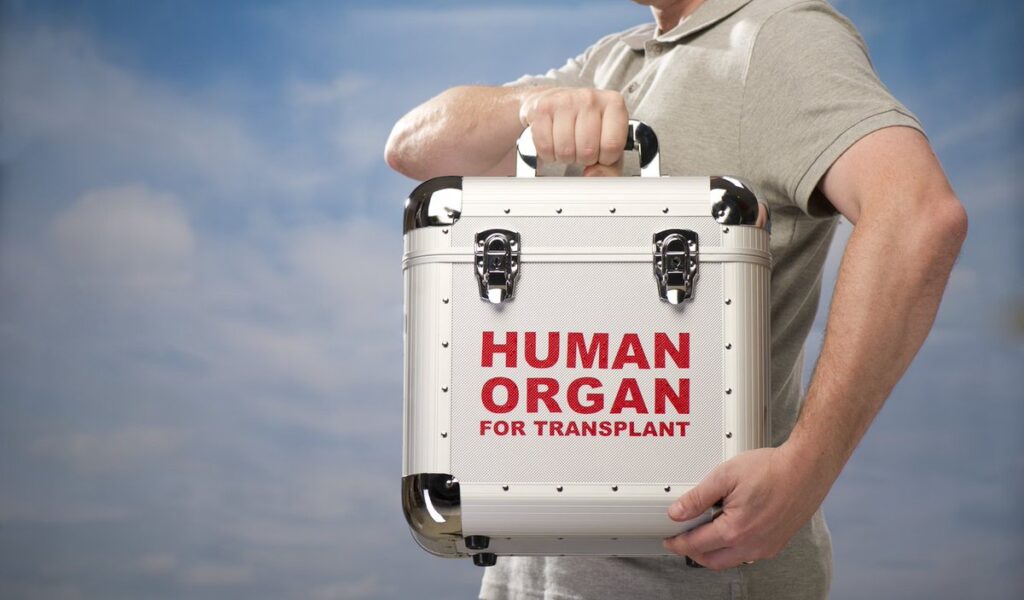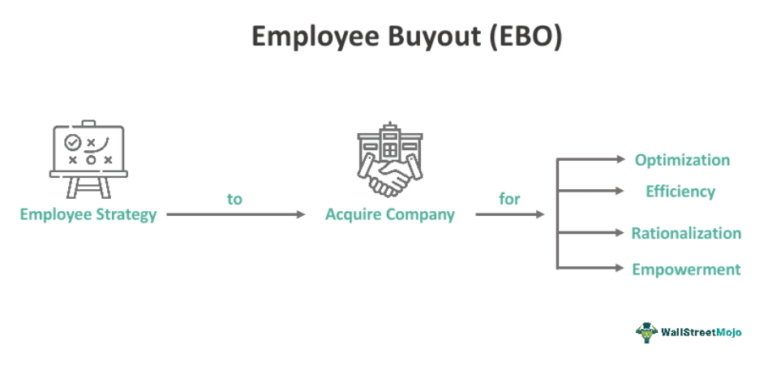
Audience
- Sentiment: Positive
- Political Group: Healthcare Advocates
- Age Group: Adults 30-60
- Gender: All Genders
Overview
- Paragonix has developed advanced cooling technology to improve organ transportation.
- The new method reduces transplant-related complications by over 50%.
- The technology includes a mobile app for real-time monitoring of organ conditions during transport.
Revolutionizing Organ Transportation: Paragonix’s Game-Changing Technology
Imagine that a loved one is waiting for a critical organ transplant. You may feel a rush of panic as you think about how quickly the doctors need to get that organ from one hospital to another. It’s a serious situation—one that many people face. But what if I told you that for the longest time, doctors have been using ice to keep those organs cold during transportation? That’s right! For around 50 years, the method to preserve organs has essentially involved packing them in ice—a method that seems outdated now that we have cooler and more advanced technologies available. Let’s dive into how Paragonix, a Boston-based medical technology company, is transforming the game of organ transportation and preservation.
Traditional Methods and Their Limitations
The traditional way of preserving organs for donation is to place them on ice. While chilling the organ can slow down the deterioration process, ice can actually harm delicate tissues. Think about it like this: if you was wrapped in ice for an extended period, you would likely feel stiff and would be at risk of frostbite. Similarly, organs exposed to extreme cold can suffer damage, reducing their effectiveness once they are transplanted into a patient’s body.
CEO Lisa Anderson from Paragonix emphasizes how critical it is to maintain the right temperature for organs before they are transplanted. If an organ is frozen, it could lead to complications after surgery, which could even endanger the life of the recipient. That’s quite a heavy burden to bear for a method that has been in use for half a century!
Enter Paragonix: The Innovators
So, what has Paragonix done to tackle this significant issue? They’ve developed cutting-edge devices that keep organs at a steady temperature between 4-8°C, which is perfect for preserving their health without the risks associated with ice. The company uses eco-friendly materials and advanced cooling technology that keeps organs safe and sound while in transit.
Imagine if ice was replaced with an advanced cooler designed to mimic the human body’s conditions, creating a nurturing environment for the organ. This means that when the organ arrives at its destination, it is much closer to its original condition, ready to be implanted directly into the recipient. This innovation minimizes damage and maximizes the chances of a successful transplant.
Not Just a Jar of Jell-O: How It Works
Paragonix isn’t just about the cooler; they have integrated smart technology into their system. Every device comes with a mobile app that provides real-time updates about the organ’s condition during transportation. This way, everyone involved—doctors, medical staff, and families—are informed about the organ’s health status and can stay connected throughout the transplant process.
Imagine if you could track your pizza delivery online to see exactly when it will arrive. That’s similar to how the app works, but instead of pizza, it tracks a vital organ! This level of visibility helps minimize communication issues that may arise during the logistics of transportation, ensuring that doctors prepare accordingly at the receiving hospital.
The Impact on Patients: Saving Lives and Reducing Complications
Think about the lives that Paragonix’s innovations could save. With over 10,000 organs successfully transported and a reduction in transplant-related complications by more than 50%, their technology is proving to be a game-changer. This means many more patients can receive the help they need promptly, and the risk of complications drops significantly.
By improving the organ transportation process, Paragonix is not just enhancing medical technology; they are honoring the sacrifices of organ donors and respecting the hope of recipients. It’s a win-win situation: donors know their gifts are being handled with utmost care, and recipients have a higher chance of receiving a transplant that won’t lead to complications.
An Ethical Responsibility
With the rise of these life-saving technologies, there comes an ethical responsibility. We must ensure that advances in medical technology help as many people as possible. While everyone should be genuinely excited about these improvements, they come with the understanding that organ donation is a precious gift. We have to honor those who donate by making sure their organs are treated with the utmost care and respect.
The Future of Organ Transportation
Looking to the future, it’s clear that Paragonix is modernizing healthcare in a way that could lead to even more revolutionary benefits. With their sustainable practices and smart technology, the possibilities are endless. Think about how this technology could also adapt to different types of organs—which could reshape the classifications of what is possible in organ donation.
Moreover, the impressive logistics involved in these innovations may also lead to a more extensive network of organ donation across geographic boundaries. The idea that an organ can be retrieved, preserved, and transported over long distances while maintaining its viability opens doors for those who may have previously faced long wait times.
Conclusion: What Does It All Mean for Us?
We need to take pause and think about what Paragonix’s advancements mean for our society. While the medical community is continuously making strides in technology and patient care, it is imperative for us as individuals to appreciate the mechanics of what is happening behind the scenes in organ transplantation. The technology may not just save one life—it could save many more as we embrace new methods and innovations in healthcare.
As we think about the future and how it relates to organ transplantation, it’s key for us to engage in conversations around these advancements. How do you feel about the shift from ice to advanced cooling systems for organ transportation? Can you imagine how these technologies could change the landscape of healthcare in the coming years?
I’d love to hear your thoughts in the comments below! What are your views on organ donation, and do you think advancements like these could encourage more people to become donors? Let’s chat!






